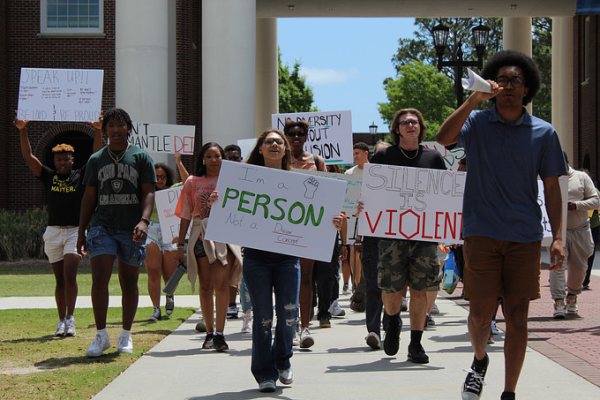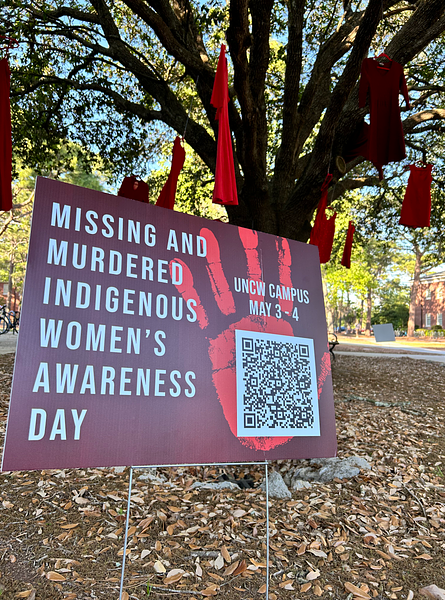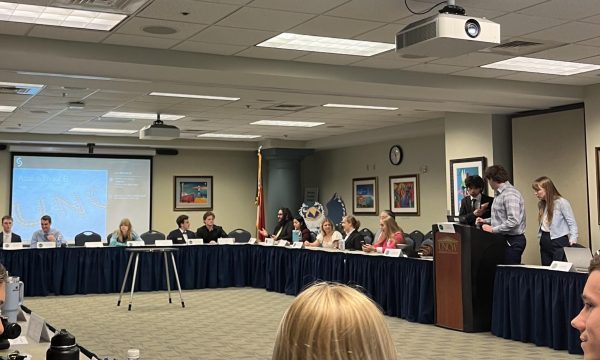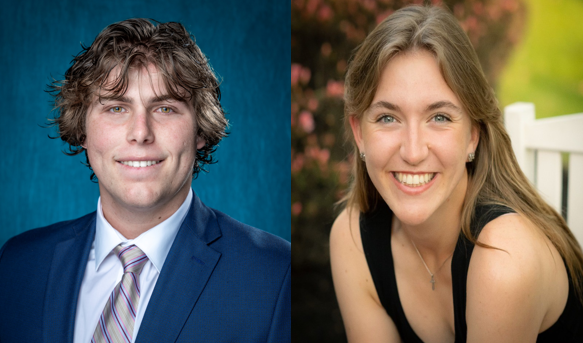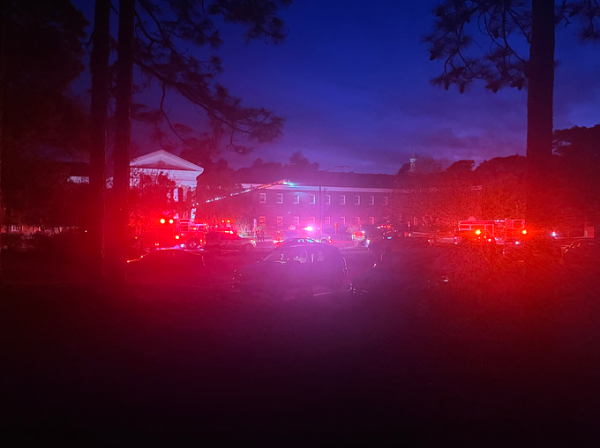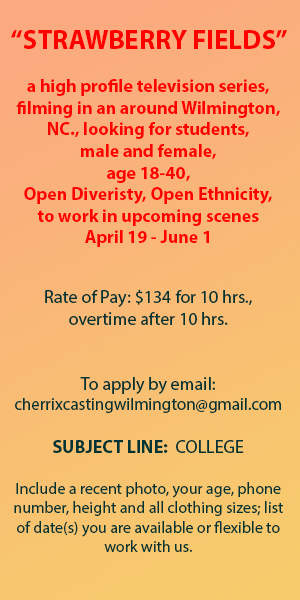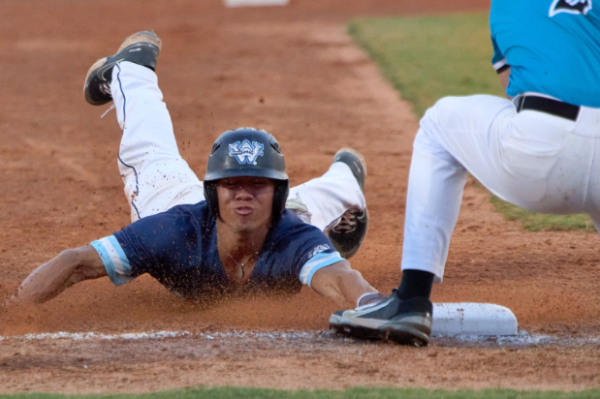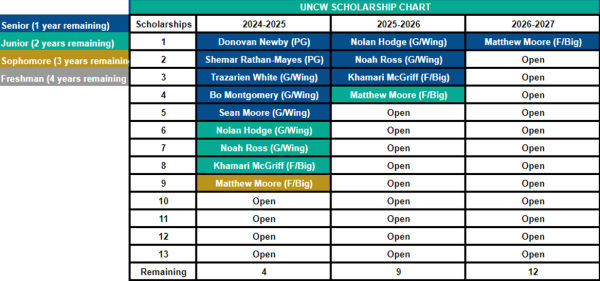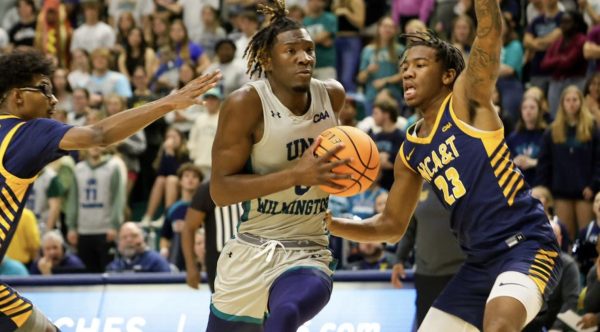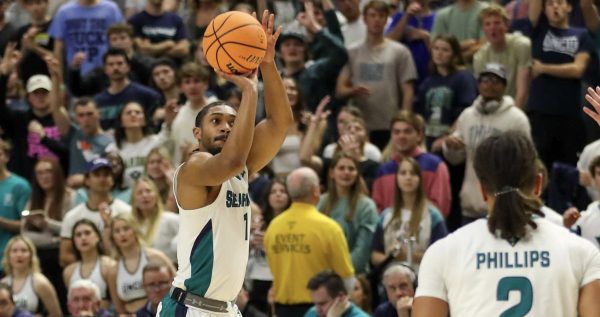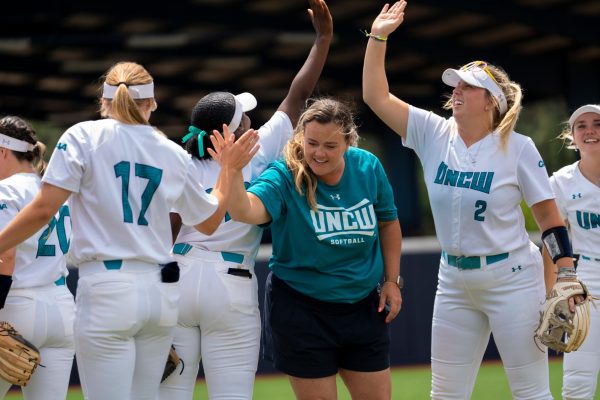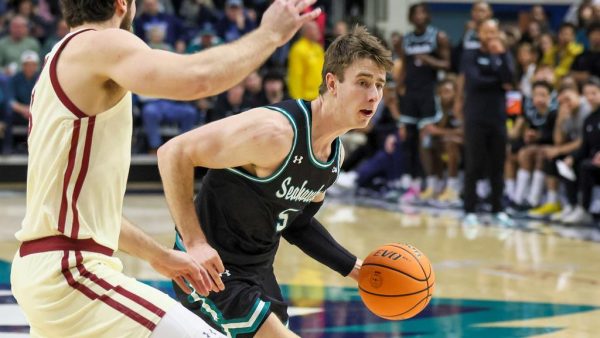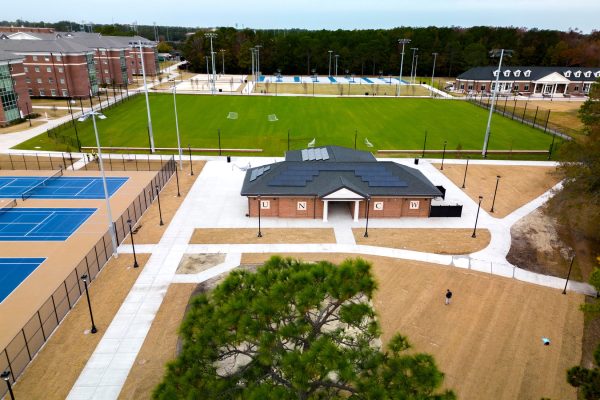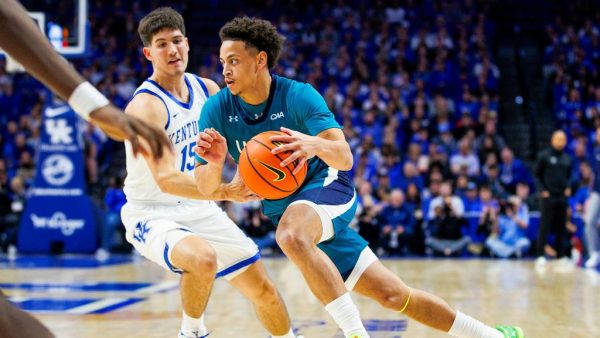UNCW basketball: What’s next?
March 26, 2014
In the midst of all the glory and drama of March Madness, it can seem hard to believe the Seahawks are just eight years removed their last NCAA tournament. In 2006, the CAA Champion Seahawks went 25-8 and narrowly lost to George Washington in the first round. They had been to the big dance four out of the previous seven years. Eight years ago, things were looking up for the program.
Today the men’s basketball program is about eight light years from the glory days of the past. Brad Brownell is gone, and as of March 11, so is Buzz Peterson. The most recent coach of the men’s basketball program was let go after his 9-23 team failed to advance in the CAA tournament. Since the end of the 2007-08 season, the team hasn’t finished better than 8th in the conference and has failed to post a winning record.
When a team struggles for this long, most of the blame begins to fall on the coach. Fair or not, that’s how the public usually sees it. That’s how they saw it with Peterson.
How did we get here?
So what went so badly this season that caused the firing of Buzz Peterson? There’s the short answer—the team finished with their second worst winning percentage ever this year. On top of that, Buzz Peterson had the worst record as a head coach in school history, excluding 2010 interim coach Brooks Lee. But how did it get this bad?
The easy explanation is that the Seahawks couldn’t score enough. While that may seem too simple, it’s the truth. Out of 351 Division-1 teams, the Seahawks were 327th in points per game, and were dead last in the CAA at 62.2. Even the pace-adjusted “offensive rating,” which accounts for how many points a team scores per 100 possessions, puts the Seahawks in similar territory at 328th.
There are a number of reasons the Seahawks couldn’t score. The three-point shot has become more and more of a staple in today’s college basketball as teams are realizing the added benefits they bring. Not only are three-pointers obviously more valuable than traditional two-point shots, they open up the floor to allow for wider passing lanes and dribble penetration.
Unfortunately, when you can’t shoot from outside, the opposite of this happens. Defenders are able to relax outside the paint. This creates spacing issues for the offense and makes dribble penetration much more difficult. The Seahawks had a miserable three-point shooting season, shooting just 27%.
When defenders relax and stay back from the three-point line, the court effectively becomes smaller. As a result, ball movement becomes stagnant. UNC Wilmington ranked in the bottom 20% nationally for assists and assists per made field goal—both statistics telling that the Seahawks weren’t able to move the ball well.
Despite the guard-heavy emphasis and increased “small-ball” in basketball recently, the Seahawks were never able to get consistent play from their backcourt. For that matter, the Seahawks struggled with getting consistency from any of their players. Cedrick Williams was the only player to average more than 10 points per game.
After one conference loss, Peterson discussed his frustration with how there was no separation of talent among his players. This led him to play different players and try different lineups. Later on in the season, the team tried “hockey” style substitutions in which five new players would be put in the game at a time, similar to how hockey lines work. 9 players logged 400 or more minutes this season—the most in the CAA. Last year, the Seahawks had a clear go-to guy, a star—Keith Rendleman. This year, no player fit that role.
The longest losing streak in school history didn’t help Peterson’s cause, either. After a promising 6-5 start that included a win over reigning CIT champion East Carolina, the Seahawks went on a 14 game slide. Perhaps somewhere during that streak is when many in the Seahawk community felt it was time for Peterson to go.
Between the losing streak, the lack of offense and the general lack of competitiveness, fans became more and more frustrated. After each loss, the players, coaches and the athletic department searched for new ways to stay positive. Unfortunately for Peterson, the athletic department wasn’t able to do it anymore.
Sure, there were bright spots during the season. There was the game in Delaware in which the Seahawks almost pulled off the CAA’s biggest upset, narrowly losing 66-65. There was the game that broke the losing streak against Towson, sweet revenge for the 2012 game in which Towson broke the longest losing streak in NCAA history against the Seahawks. Of course, there was also the double overtime win against College of Charleston during Homecoming Weekend. Despite not scoring a single point in the first overtime, the Seahawks managed to get their ninth and final win of the season.
However, as the Seahawks drift further and further away from their past success, fans will be less and less accepting of moral victories.
Where do we go from here?
Yes, it doesn’t look great for the program right now. But there’s no reason to believe it will be that way forever. Since moving to the CAA in 1985, the Seahawks have had nine seasons where they improved by at least four games. Things can get bad before they get better. If anything, Seahawk fans should look at CAA rival Towson as an example. After a horrid 5-57 stretch over two years, they’ve come back to go 43-23 over their next two years.
Six different teams have won the last six regular season CAA championships. The Seahawks might not be competitive next year—but they have a good as chance as anybody to be there again soon.
Eddie Biedenbach was named interim head coach March 11th, and though he does have some support among the Seahawk community, the school has started a national search for candidates. While it’s unsure what direction the Athletic Program will go in, there’s little doubt that they are feeling the pressure to succeed from the Wilmington community.
Next year will certainly big a big question mark in Seahawk men’s basketball. The best that Seahawk fans can hope for is that the new head coach will be the start of something resembling an answer.
